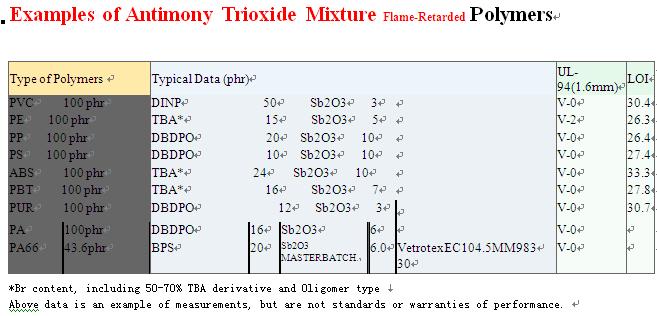Vanadium pentoxide is the most common state in which vanadium is found. Vanadium is relatively abundant in the earth's crust (it is the 22nd most abundunt element), but economic deposits are rare. South Africa produces 40% of the world's vanadium, with the remaining 60% split among Russia, the Far East (mostly China), the USA and elsewhere.
Historical Background
Vanadium was discovered twice. In 1801, Andres Manuel del Rio named it erythronium, but then decided he merely had found an impure form of chromium. In 1830 Nils Gabriel Sefstrom found it separately, and named it after the Scandanavian goddess of beauty and youth--the metal's compounds provide beautiful colors in solution. Henry Enfield Roscoe first isolated the metal in 1867, from vanadium dichloride. It wasn't until 1925 that relatively pure vanadium was obtained--by reducing vanadium pentoxide with calcium metal.
Vanadium Pentoxide
Vanadium pentoxide is a yellowish-red powder. It forms when cooled from the molten state to form long red needles. It is slightly soluble in water.
This material is traditionally obtained in the production of iron. Titaniferous magnetite ore is partially reduced with coal, and then melted. The resulting product includes a slag, containing titanium, and pig iron, containing vanadium pentoxide. The pig iron is then blown with oxygen, and a new slag rich in vanadium pentoxide is obtained. This can be further processed to obtain forms of the compound in various purities.
Uranium production also provides vanadium pentoxide as a byproduct. A leachate is obtained in the early stage of production of uranium and vanadium from carnotite, which is then fed into a solvent, yielding a uranium compound and a separate raffinate containing the vanadium. A second solvent process and a soda ash solution with ammonium sulfate eventually yield vanadium pentoxide.
Other vanadium-bearing ores also yield significant amounts of the compound. Each of these traditional methods can yield a compound of somewhat better than 99.8% purity, but significantly better purity can only be obtained by atomically produced combinations.
Vanadium consumption is driven by its use as an alloy of steel. Strong steel production in recent years and a higher unit consumption in steel has seen the demand for vanadium grow by about 5% per annum. The threat of lower steel use in automobiles therefore represents a threat to vanadium consumption. The other major use of vanadium is as a catalyst in a variety of reactions, including the manufacture of sulphuric acid.
A potential use of the material is in automobiles, to improve exhaust emissions. The benefit of vanadium pentoxide in this area has been long known, but other technologies (eg., the platinum in catalytic converters) have been used instead.
If you believe you have a use for vanadium pentoxide, contact us. We will be happy to discuss and help you implement your application.
Vanadium Pentoxide (V2O5)
Test
Specification
Assay (as V2O5) 99.5% minimum
Iron (Fe) 0.01% maximum
Aluminum (Al) 0.03% maximum
Silicon (SiO2) 0.01% maximum
Sulfur (S) 0.01% maximum
Phosphorus 0.01% maximum








0 comment:
Post a Comment